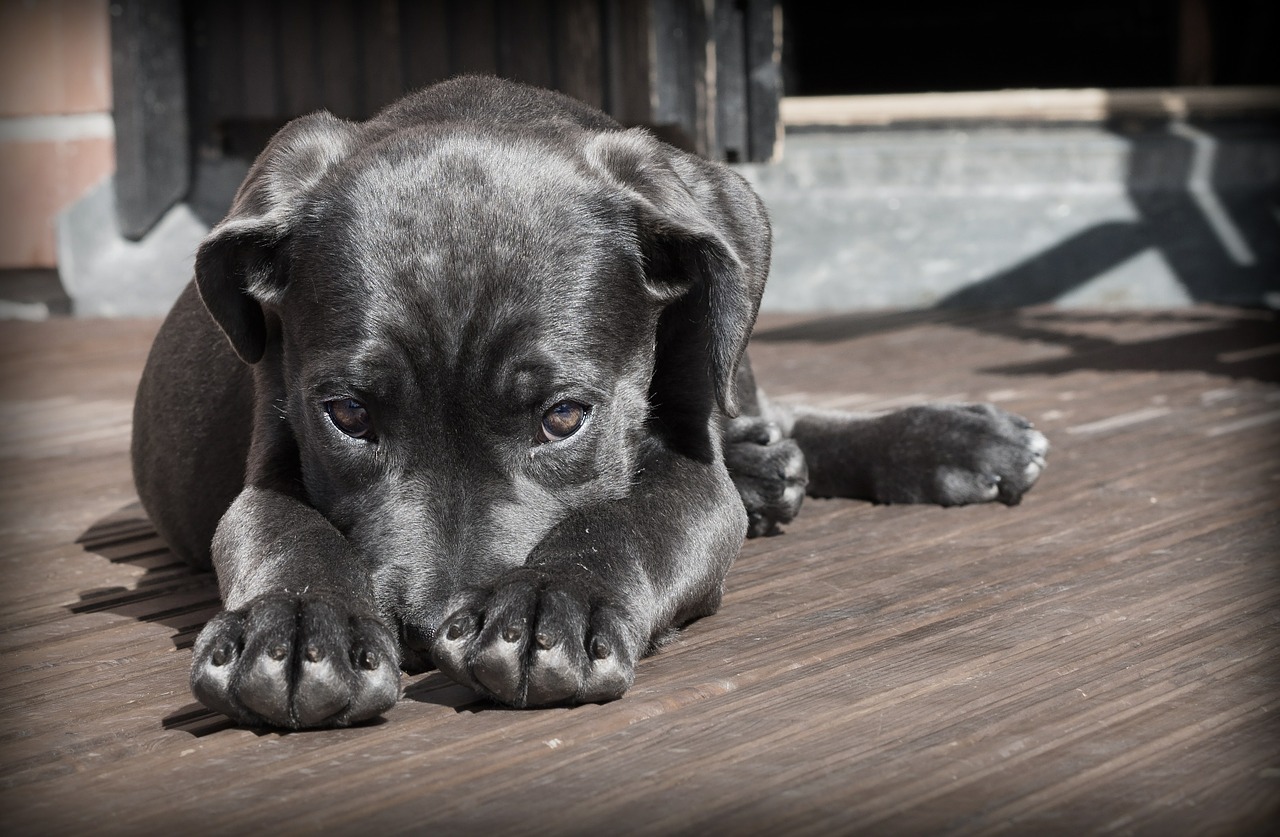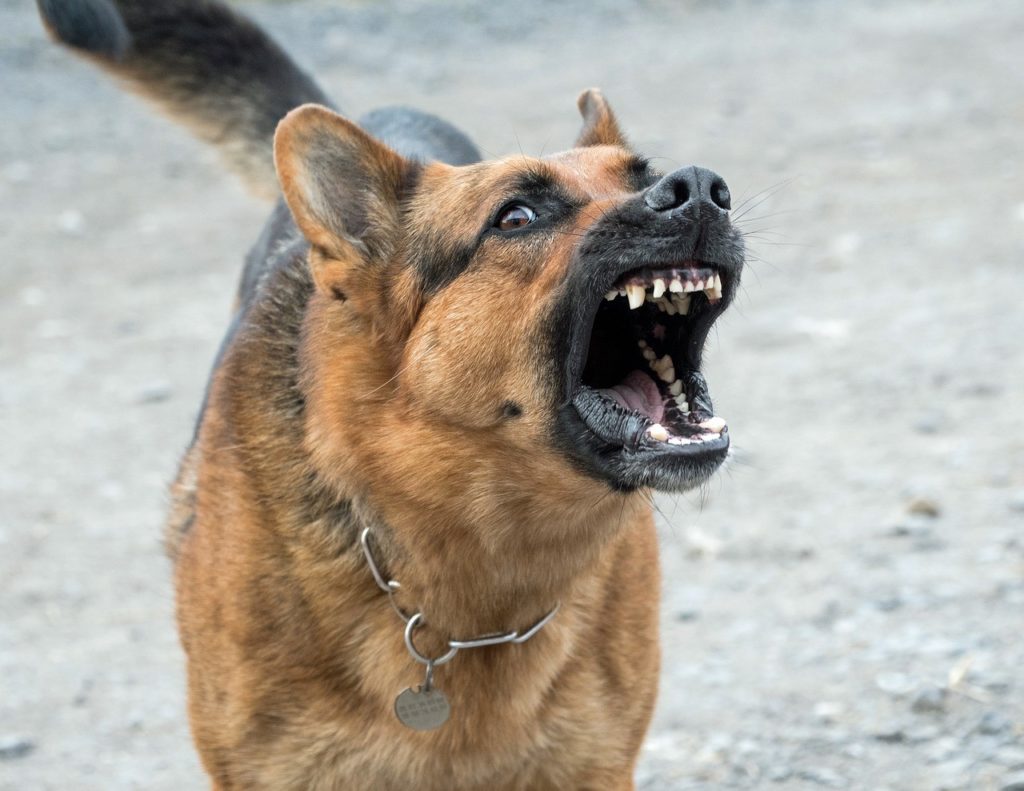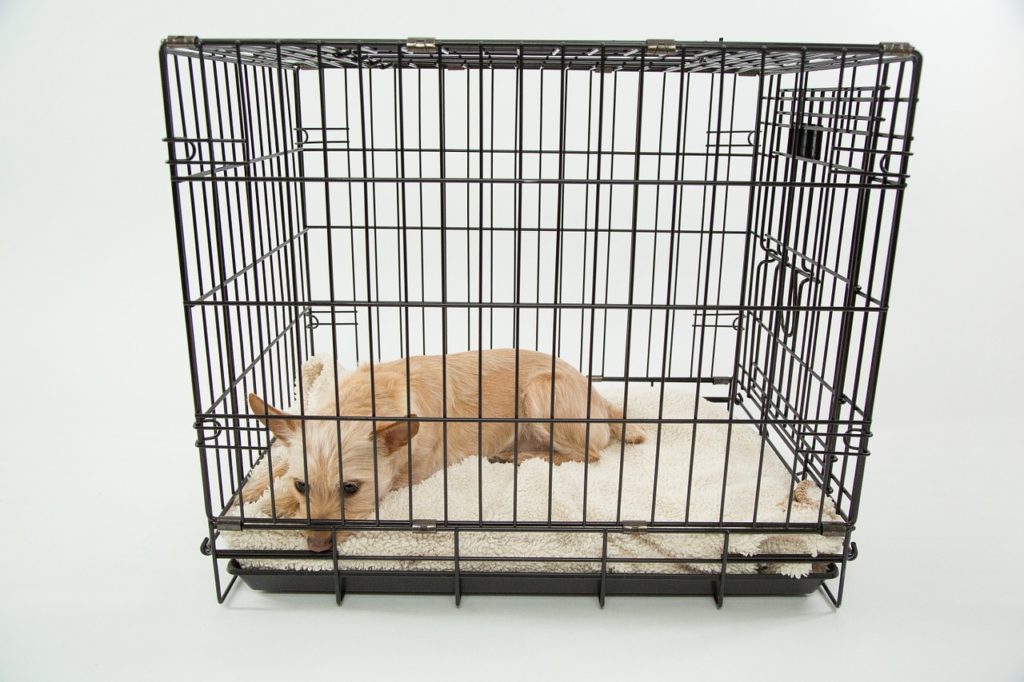Dog Anxiety Treatment: 10 Easy Tips to Try

Courtesy: Winsker at Pixabay
It's so frustrating to see your dog's anxiety, like trembling, pacing, and even tearing up the furniture, and not being able to help your pooch calm down. Calling to your pet and even trying to give him or her food may not work, as animals tend to ignore food when upset. However, you might be able to prevent anxiety and disrupt the cycle with some easy dog anxiety treatment tips. Consider trying out a few of these changes in your home to see if they help your pet relax and enjoy life again.
1. Minimize Loud Noises
One of the most common triggers for anxiety in dogs is noise, especially if it is related to something else unpleasant like a thunderstorm or fight between yourself and your spouse. If you can, minimize the noise level in your home to see if that helps ease your dog's anxieties in the short term. When there is a thunderstorm or fireworks outside, close all the windows, and take your pet to an interior part of the house.
2. Make Sure Your Dog is Eating Regularly
If your dog's meal schedule is irregular, or the food has a lot of chemicals in it, there may be some kind of nutritional cause to your pet's behavior. Irregular or small meals may trigger food guarding and other kinds of nervousness. High carb meals or meals without enough nutrients may even be affecting their physical health by leading to the development of diabetes. If you can, get your pet checked out with the local vet to ensure there are no physical problems that could cause behavioral issues.
3. Give Your Pet a Chance to Rest
If you like taking your pet with you wherever you go and maintain a busy lifestyle, it may be stressing your pet out. Dogs can be high-energy at times, but going from place to place and meeting different people can put a lot of pressure on your pet. Give Fido a break in the form of a few days a week spent relaxing in his or her pet bed at home.
4. Make Sure Your Dog Gets Regular Exercise
On the other hand, you may not be exercising your pet enough. They can have too much energy and no appropriate way of venting it. Every dog needs at least 30 minutes of exercise, preferably in the form of a nice long walk or playtime each day. This wears out your dog, reducing the amount of energy they have to worry or pace, and making them less likely to be destructive.
5. Change Your Signals
Pets pay very close attention to their owners. When you are nervous, tense, or anxious, your dog can pick up on this via your body language. In turn, this makes your dog nervous or more alert about their surroundings. Some owners even tense up in situations that they know triggers their dog's anxiety, which only makes the dog more nervous, leading to a self-perpetuating cycle. If you feel yourself anticipating something negative from your pet and beginning to tense up, take a breath, and force yourself to relax.
6. Change Your Routine
Separation anxiety is another major issue for dogs. It can leave your pet barking, crying, and generally tearing the house apart when you are away. This kind of anxiety is sometimes triggered by cues that your dog notices, such as seeing you get ready to leave the house. If this happens to your pet, try changing up how you get ready to leave each day. Maybe put on your shoes about an hour before you go out, rather than right before, and go sit on the couch to watch some television. Also, avoid making a big deal of going out the door, as this can make your dog more anxious. Simply pick up your coat and bag and go outside without any fanfare.
7. Distract Your Pet
It may be possible to break the cycle of growing anxiety by distracting your pet from whatever is causing it. Set aside a special toy that your pet really likes playing with, and only bring it out during those tense moments. For instance, some pet owners give their dogs a KONG toy filled with treats just before leaving the house. This helps ease separation anxiety by keeping your dog busy during those crucial moments before and after you leave.
8. Minimize Exposure to New People
Some dogs are people shy and may not like meeting strangers or having them come into the home. If your pet is like this, he or she will not want to stay in the same room as a new person. Don't force your pet to meet someone when they aren't ready and give them plenty of places to hide out
9. Give Dogs Their Own Space
Help your pet feel more comfortable in your home and give them a place they can go to relax when they feel anxious or nervous by creating a personal area for them. A dog bed in a nice corner of the room where your pet can observe everything while feeling secure is a good idea. You might even want to have another dog bed in your bedroom if your pet is used to sleeping with you. Instead of letting him or her sleep in your bed, encourage the dog to use his or her bed.
10. Play Soothing Music or Television
Some pet owners find that their dogs are more relaxed if there is some kind of gentle, soothing sound in the room. This can include leaving the radio on with the volume turned low or playing ocean sounds for your pet. You can even turn on Pet TV channels geared towards keeping dogs and cats entertained while you are away.
When anxiety makes your dog act out it can be hard to help them calm back down again, even with these tricks and tips. Obedience training, such as the "Training an Untrained Dog" video series can help you better communicate with your pet, which in turn makes it easier to soothe anxiety and tension.





